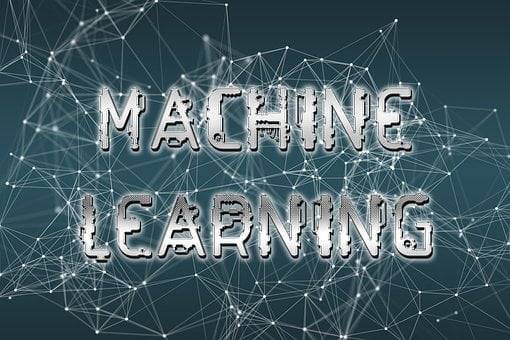
Machine learning is a rapidly growing field of Artificial Intelligence (AI) that focuses on the development of computer programs that can learn from data without being explicitly programmed. At its core, machine learning involves using algorithms and statistical models to find patterns in large sets of data. This data can then be used to make predictions and decisions about future events or trends. Python is one of the most popular programming languages for machine learning, due to its flexibility and simplicity. In this blog post, we will discuss what machine learning is, the different types of models it employs, and how Python can be used as a powerful tool for machine learning applications.
What Is Machine Learning?
This field of computer science uses statistical methods to allow computers to “learn” (i.e., improve their performance) from data without explicitly being programmed.
The three main types of are supervised learning, unsupervised learning, and reinforcement learning. Supervised learning algorithms build a model from a training dataset of input/output pairs, which are then used to make predictions on new data. Unsupervised learning algorithms find hidden patterns or intrinsic structures in data. Reinforcement learning algorithms interact with an environment in order to learn how to achieve a goal; they can be either reward-based or punishment-based.
Python is a popular programming language because it provides many libraries and tools that make the development process easier. Some of these libraries include NumPy, pandas, matplotlib, and Scikit-learn.
Types Of Machine Learning Models
Its models can be classified into three types: supervised learning, unsupervised learning, and reinforcement learning. Supervised learning is where the model is trained on a labeled dataset, meaning that there is a known output for every input. Unsupervised learning is where the model is not given any labels and must learn to identify patterns on its own. Reinforcement learning is where the model interacts with its environment in order to learn what action will result in the greatest reward.
The Use Of Python In Machine Learning
Python is gaining popularity as the language of choice for scientific computing and data analysis, especially in the field of machine learning. A subset of Artificial Intelligence, its involves designing algorithms that can learn from and predict data.
There are many different types of machine learning algorithms, but they can be broadly classified into two main categories: supervised and unsupervised. Supervised learning algorithms are trained using labeled data, where each example is associated with a known label or outcome. Unsupervised learning algorithms are trained using unlabeled data, where the patterns in the data are explored to find hidden structure.
Python is well suited for both types of its tasks. It has powerful libraries such as NumPy and pandas for numerical computing, scikit-learn for supervised learning, and matplotlib for plotting. Python’s ease of use and flexibility make it a great choice for building models.
Pros And Cons Of Machine Learning
Python is a great language for due to its ease of use and syntax. However, there are some drawbacks to using Python for machine learning. First, Python is not as fast as languages like C++. This can be a problem when training large models or working with large datasets. Second, Python has a limited number of libraries compared to other languages. This can make it difficult to find the right library for your needs. Finally, Python is not always the best language for production deployments. Languages like Java or Scala may be better suited for this purpose.
Position of Machine Learning for job and salary
In recent years, It has become increasingly popular as a tool for improving the performance of various tasks. Businesses are especially interested in machine learning because it has the potential to automate many tasks that are currently performed by human workers. Machine learning can also be used to improve the accuracy of predictions made by existing systems, which can result in significant cost savings.
Despite its potential benefits, there is still some uncertainty about the role of it in the workplace. Will machine learning ultimately lead to job losses or will it create new opportunities for workers? And what impact will it have on salaries?
These are difficult questions to answer, but there is some evidence that machine learning will primarily lead to job gains rather than losses. For example, a recent study by Mckinsey found that while nearly half of all jobs could be automated using current technology, this would only result in a net loss of 5% of jobs across all sectors. The study also found that automation would likely lead to salary increases for workers who are able to learn new skills and adapt to changing conditions.
Overall, it seems likely that machine learning will have a positive impact on jobs and salaries. However, there will undoubtedly be some disruptions along the way as businesses adopt and implement these new technologies.
Conclusion
The use of machine learning is a subset of artificial intelligence that involves the design and development of algorithms that learn from data and make predictions based on it. Supervised learning algorithms are those that require training data to be labeled in order for them to learn. Unsupervised learning algorithms do not require labeled data, and instead, learn from the data itself.
Python is a popular programming language because it has a number of libraries that make working with data easier.
It is a branch of artificial intelligence that deals with the creation of algorithms that can learn from data and improve their performance over time. Python is a popular language for machine learning because it has many libraries that make working with data easier.






